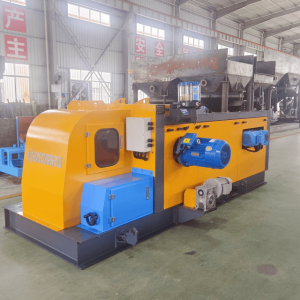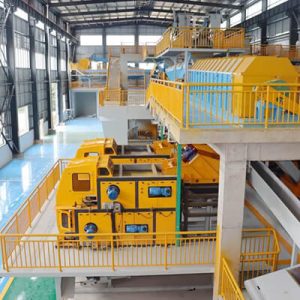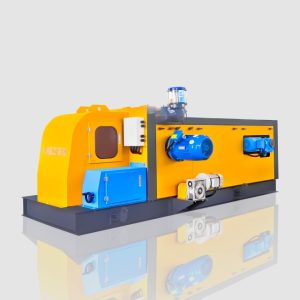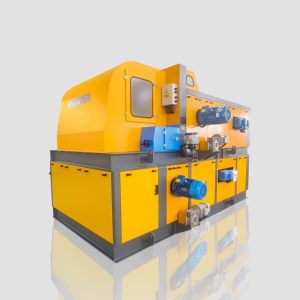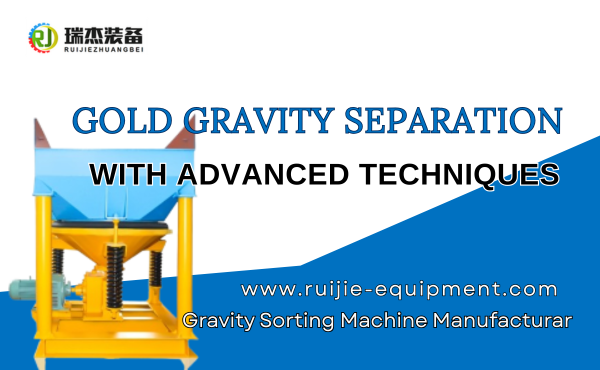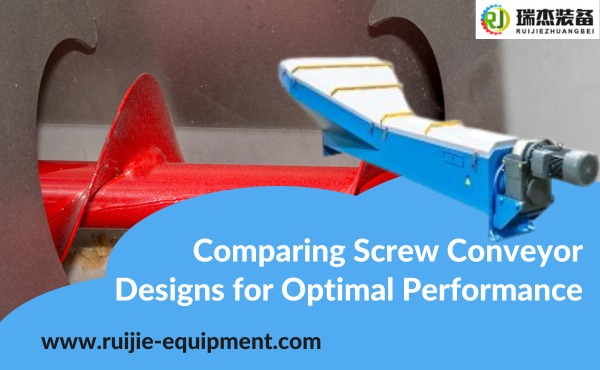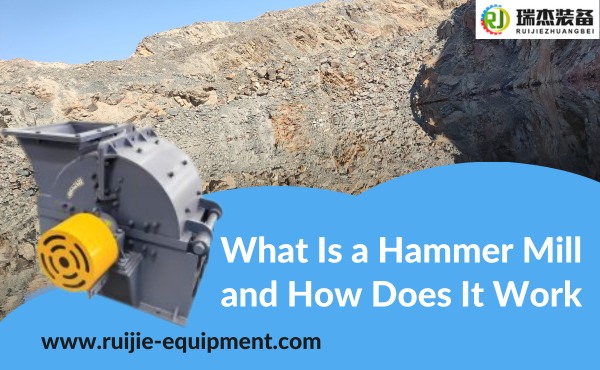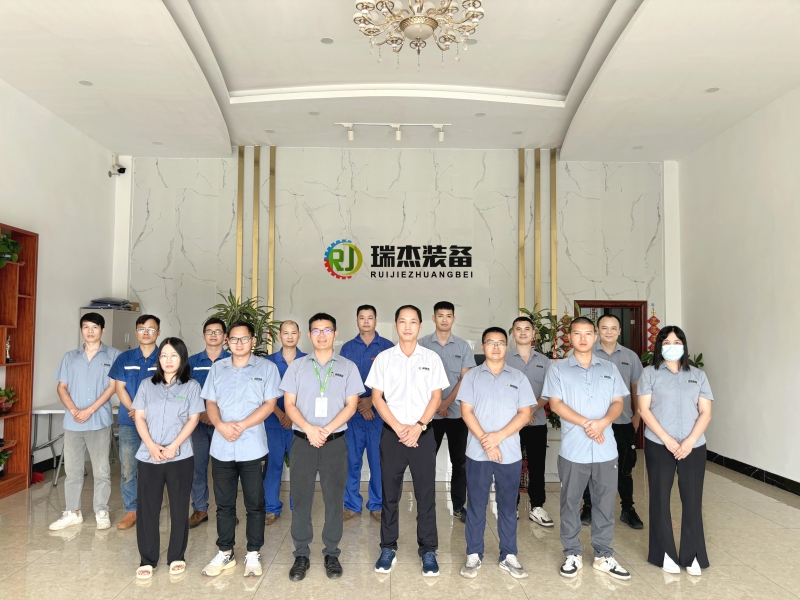Eddy current recycling is an advanced technology that efficiently separates non-ferrous metals from mixed waste streams. By leveraging electromagnetic induction, this method recovers valuable metals such as aluminum, copper, and brass, contributing to both economic and environmental sustainability.
In this article, we will explore the benefits and applications of eddy current recycling, highlighting how it helps reduce landfill waste, conserve natural resources, and promote the circular economy.
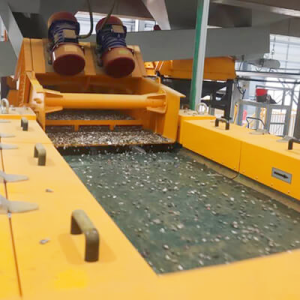
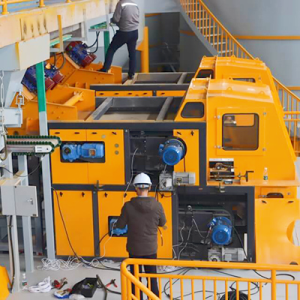
Understanding Eddy Current Recycling
What is Eddy Current Recycling?
Eddy current recycling is a advanced method used in separating non-ferrous metals from mixed waste streams. It operates on the principle of electromagnetic induction, generating eddy currents when conductive materials pass through a magnetic field.
These eddy currents create opposing forces that repel the metals, enabling their separation from other materials. By leveraging this innovative approach, industries can transform waste into reusable resources, contributing to sustainability and the circular economy.
How Does Eddy Current Separation Work?
Eddy current separation relies on electromagnetic principles to recover valuable materials from waste streams. When a conductor, such as aluminum or copper, passes through a changing magnetic field, it generates circulating electric currents called eddy currents. These currents create their own magnetic field, which opposes the original magnetic field.
This interaction causes the conductor to experience a repelling force, effectively separating it from other materials. This method is particularly effective for isolating non-ferrous metals from mixed waste. The process works best with nonferrous metals because they are excellent conductors of electricity. Materials like plastics, glass, and ferrous metals remain unaffected by the magnetic forces, ensuring precise separation.
Key Components of Eddy Current Systems
Magnetic rotors and their function.
Magnetic rotors are the heart of eddy current systems. These high-speed rotating components create the alternating magnetic fields necessary for inducing eddy currents. Their design and speed directly influence the efficiency of metal separation, making them a critical element in the system.
Conveyor Systems in Recycling
Conveyor systems act as the backbone of eddy current recycling operations. They transport materials through various stages, including shredding, magnetic separation, and eddy current separation. These systems ensure a steady flow of waste, reducing downtime and improving productivity. Advanced conveyor designs incorporate adjustable speeds and durable belts to handle diverse materials, from lightweight plastics to heavier nonferrous metals.
Applications of Eddy Current Recycling
Non-Ferrous Metal Recovery
Eddy current recycling excels at recovering non-ferrous metals such as aluminum, copper, and brass. These valuable metals are often found in mixed waste streams, making their extraction essential for both economic and environmental reasons. Industries benefit from this efficient recovery method by reintroducing these metals into production cycles, reducing the need for raw material extraction.
Applications in construction and demolition waste.
Construction and demolition waste often include a mix of concrete, wood, and metals. Eddy current separation plays a crucial role in recovering non-ferrous metals from this debris. Aluminum window frames, copper wiring, and other metallic components can be efficiently extracted, reducing the volume of waste sent to landfills. This process not only supports sustainability but also contributes to the circular economy by enabling the reuse of recovered materials.
E-waste recycling
Electronic waste, or e-waste, contains a significant amount of non-ferrous metals like aluminum and copper. Eddy current recycling offers an effective solution for recovering these metals from discarded electronics. By separating valuable metals from circuit boards and other components, this technology reduces environmental pollution and conserves resources. The recovered metals can then be used to manufacture new electronic devices, promoting sustainable production practices.
Benefits of Eddy Current Recycling
Efficiency in Metal Recovery
High-speed and accurate separation of metals.
Eddy current recycling offers unparalleled efficiency in recovering non-ferrous metals. The high-speed magnetic rotors used in eddy current separation ensure precise identification and extraction of materials like aluminum and copper. This rapid process significantly reduces the time required to sort metals from waste streams.
The accuracy of this technology minimizes the loss of valuable materials, ensuring that recycling facilities achieve optimal recovery rates. By streamlining metal separation, this method enhances the overall productivity of recycling operations.
Minimal manual labor required.
The automated nature of eddy current separation reduces the reliance on manual labor. Conveyor belts and magnetic systems handle the bulk of the sorting process, allowing workers to focus on other critical tasks. This automation not only improves operational efficiency but also lowers labor costs.
Recycling facilities benefit from reduced human error, leading to cleaner and more consistent recycled materials. The minimal need for manual intervention makes this technology a cost-effective solution for large-scale recycling efforts.
Environmental Sustainability
Reducing landfill waste and pollution.
Eddy current recycling plays a vital role in reducing landfill waste. By recovering non-ferrous metals from mixed materials, this technology prevents valuable resources from ending up in landfills. The reduction in waste contributes to lower pollution levels, as fewer materials decompose and release harmful substances into the environment. This process supports sustainability by promoting cleaner waste management practices.
Conserving natural resources by reusing metals.
Recycling recovered metals reduces the demand for raw material extraction. Eddy current separation enables the reuse of metals like aluminum and copper, conserving finite natural resources. This conservation effort aligns with the principles of the circular economy, where materials are continuously repurposed. By reintroducing recycled materials into production cycles, industries can reduce their environmental footprint and promote sustainable development.
Economic Advantages
Lower operational costs for recycling facilities.
The efficiency of eddy current separation translates into lower operational costs. Automated systems reduce the need for extensive manual sorting, cutting labor expenses. Additionally, the high recovery rates achieved by this technology minimize material losses, ensuring that facilities maximize their output. These cost savings make eddy current recycling an economically viable option for waste management.
Increased revenue from high-quality recovered materials.
Recycling facilities benefit financially from the production of high-quality recycled materials. The precision of eddy current separation ensures that recovered metals meet industry standards, making them more valuable in the market. Facilities can sell these materials at competitive prices, generating additional revenue. This economic advantage further incentivizes the adoption of eddy current recycling, contributing to both profitability and sustainability.
Conclusion
Eddy current recycling is transforming the way industries approach waste management by enabling the recovery of precious non-ferrous metals. This innovative process not only helps conserve natural resources but also boosts profitability through high-quality material recovery.
By supporting sustainability and reducing operational costs, eddy current recycling is a pivotal solution in advancing the circular economy and minimizing the environmental impact of waste disposal.

